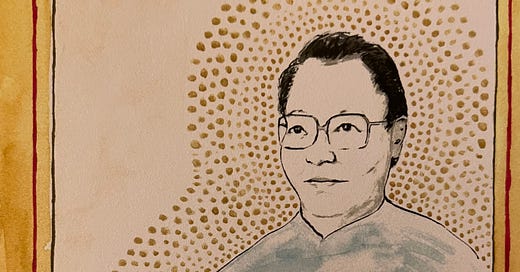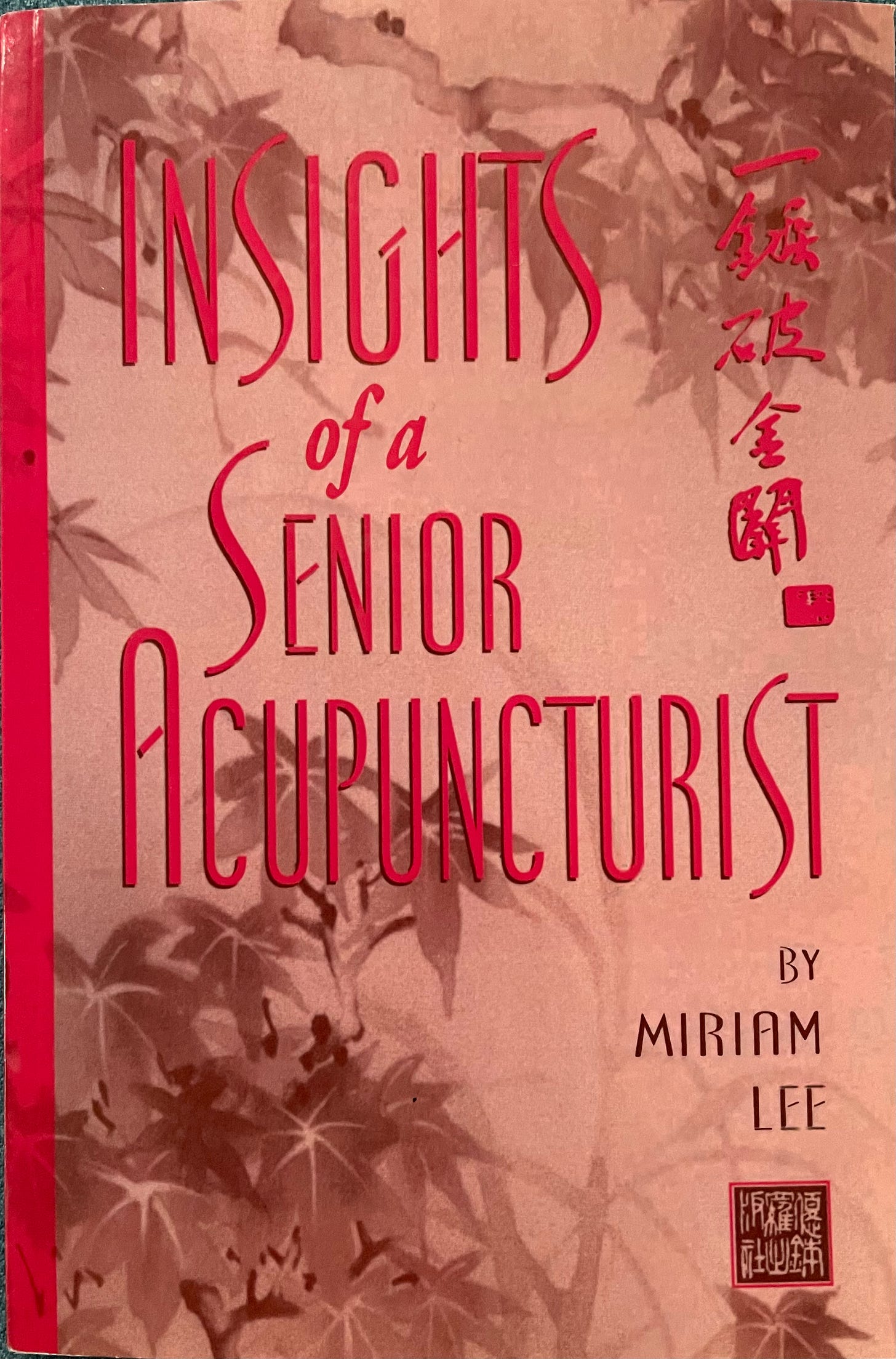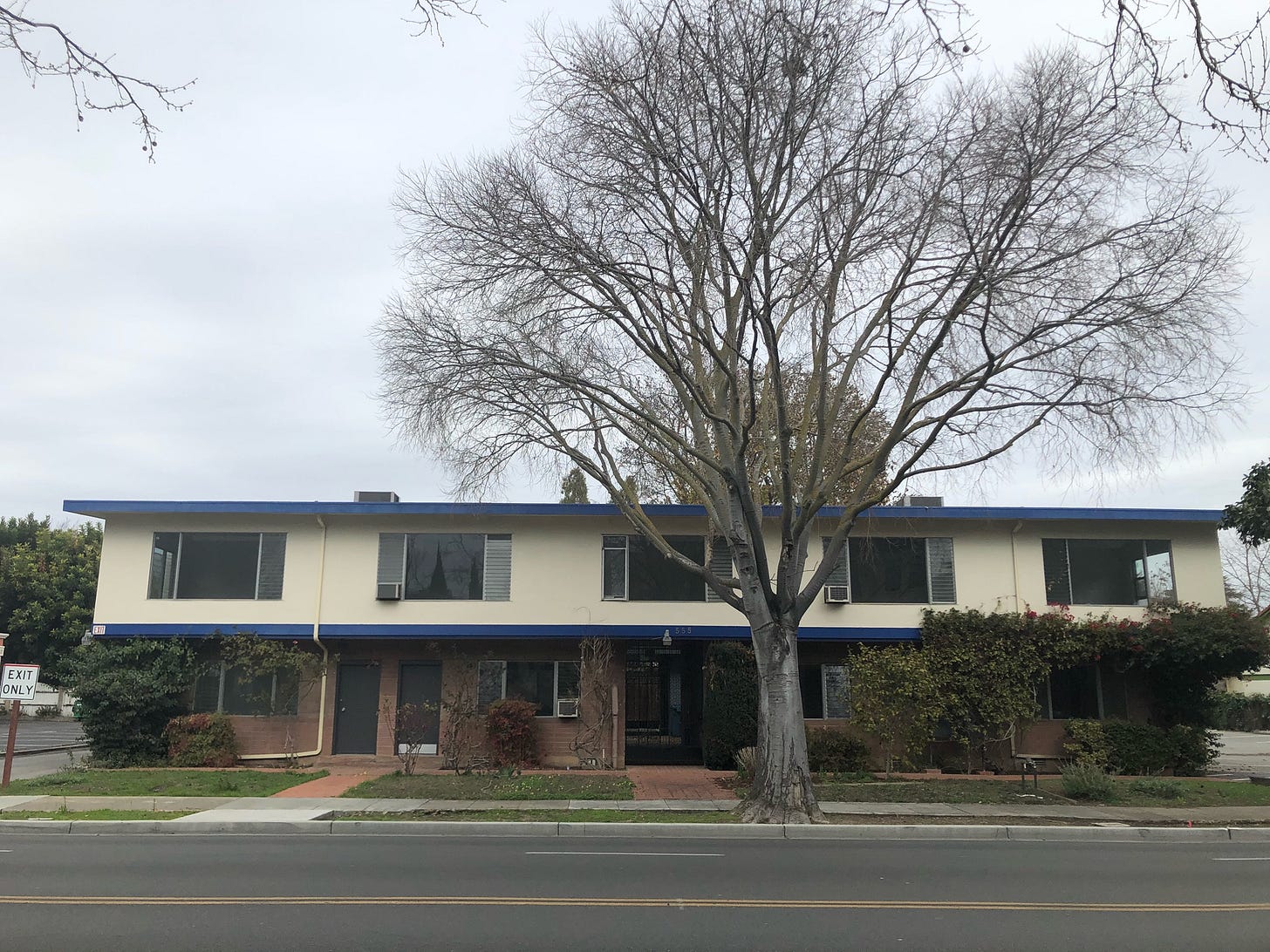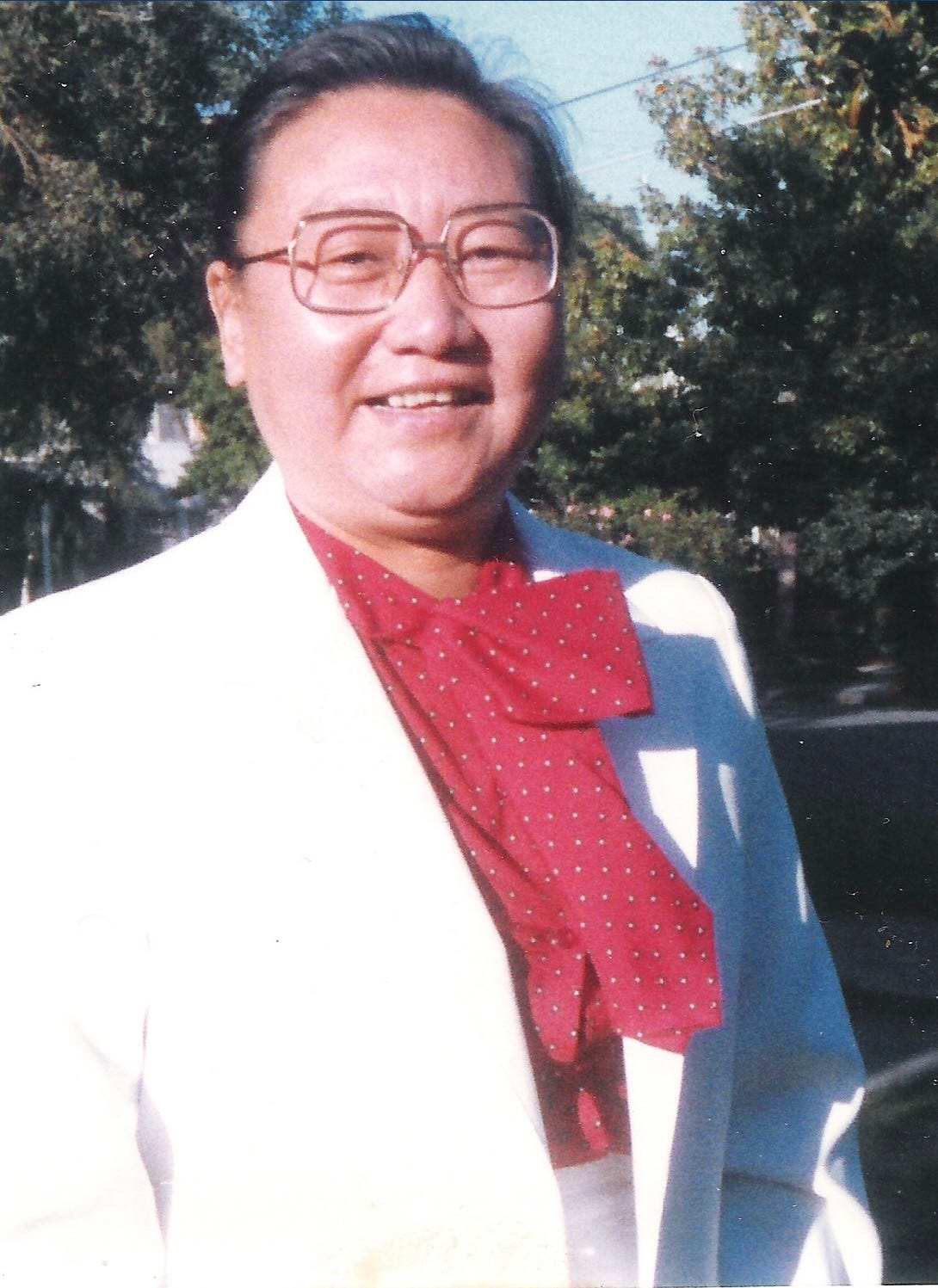Miriam Lee was born on Dec 8th, 1926. She’s a hero and a role model for community acupuncturists for three reasons:
1. She engaged in legislative advocacy to create access to acupuncture. In her case, this involved getting arrested in 1974 in California for practicing acupuncture without a license (because it wasn’t possible for her to get one, that’s a long story for another time). Her patients and supporters packed the courtroom for her trial and acupuncture was legalized in California soon after. (True story: I heard from a friend of hers -- Michael Smith -- that she carefully planned and orchestrated the whole thing.)
2. She opened up access to the teachings of Master Tung, whose clinical approach to acupuncture is famous for its simplicity and effectiveness in a high volume setting.1
3. She created a 10 point protocol in order to manage her own high volume practice, where she was treating 14-17 patients per hour by herself, AND meet the distinctive needs of patients in the US.
She wrote about the protocol in her book Insights of a Senior Acupuncturist:
“The points which are most commonly used in acupuncture treatment are located at or below the knee and the elbow...Treating these “antique points” gives good results for local, channel, and internal organ diseases, and for this reason they are used by the most advanced practitioners as well as being the first points taught to beginning students.”2 She goes on to make the case that a handful of those points, used in a particular combination, are effective in addressing most patients’ concerns.
That’s right, you can use Large Intestine 4, Large Intestine 11, Stomach 36, Spleen 6 and Lung 7 together to treat virtually anything and expect good results. Out of the hundreds of acupuncture points and the vast diversity of clinical approaches, you can choose something this simple and trust that it’ll be beneficial. Miriam Lee’s protocol is an example of solid common sense — or flaming radicalism — or maybe both.
If you don’t know what to do with a patient, if you’re not sure you can help them, it’s not a bad idea to treat them with Large Intestine 4, Large Intestine 11, Stomach 36, Spleen 6 and Lung 7 and see what happens next. Even better, do that every day for ten days in a row. After ten treatments with Miriam Lee’s points, the patient will have a sense of whether acupuncture works for them and you’ll have a much better gauge of what kind of progress you can make together. (Just something to think about if you find yourself on the Last Stop of the Try Anything Train.)
And if you happened to base your entire acupuncture practice on Miriam Lee’s ten points — just speaking hypothetically here — that’d be an example of solid common sense, or flaming radicalism, or possibly both.
Either way, you’d help a lot of people, as she did. She also wrote: “To practice acupuncture, you must be certain of your intention, your purpose in doing so…If the intention is wrong, if you are concentrating on earning money, treating fewer patients and charging higher fees, doing little for much profit, you may get some results from your treatments or you may not.”3
Of course she didn’t describe her protocol as an example of a Liberation Acupuncture praxis — but I sure would. She took the practical needs of her patients and worked backwards to design a clinical approach for them. She considered the social context of her treatments, both the ways that her patients in the US differed from the patients she had treated in Singapore and China, as well as the demands of her own life. She treated patients from 5 am to 1 pm five days a week, then she went to work on the assembly line at Hewlett Packard.
Miriam Lee made so many good things possible, for so many people. This past weekend, first year students at POCA Tech learned how to needle Large Intestine 4, Large Intestine 11, Stomach 36, Spleen 6 and Lung 7 on each other. We didn’t plan it to coincide with the week of her birthday, but I love that it did.
We also talked about intention with the first year students, and how to convey your intention to patients when you don’t have time for a lot of words. Or as Miriam Lee wrote: “I have a good feeling towards the patients. The intention I have for them to get well travels, as a wave travels on the sea, from me to them through the needles and through my voice and eyes and hands.”4
And now that wave has reached a new generation of practitioners. Thank you, Miriam Lee, we’re so glad you were born!
Miriam Lee, Insights of a Senior Acupuncturist: Blue Poppy Press, 1992, pg 3
Ibid, pg 79
Ibid, pg 80







